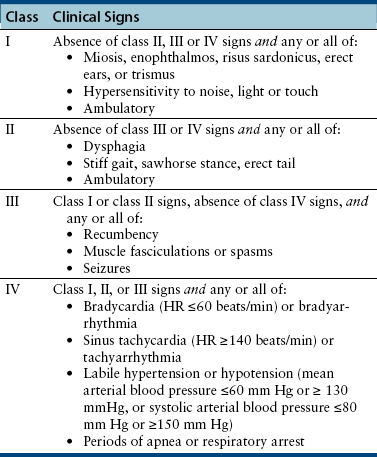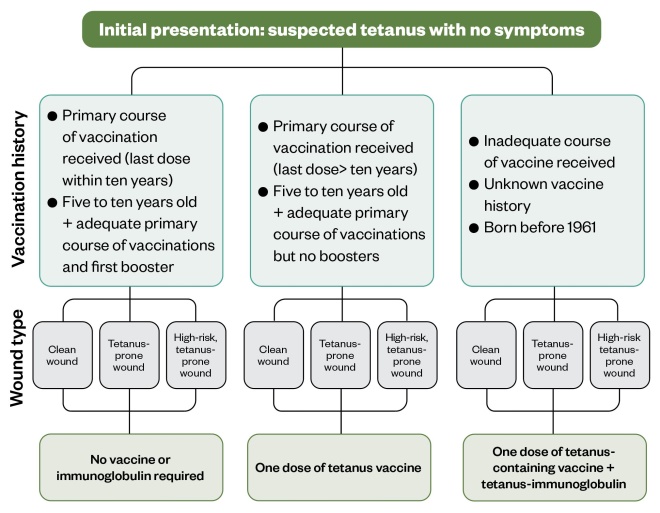
A tetanus overview will give you the basics about this disease. It’s important to know the symptoms and the signs of tetanus in order to prevent it. The infection can cause generalized or localized muscle spasms. It can also lead to respiratory distress. Fortunately, most people aren’t susceptible. However, vaccination is essential for preventing tetanus and helping to prevent a tetanus infection.
Tetanus is an acute infection that can be life-threatening if not treated immediately. It is caused by an infection with the Clostridium tetani bacterium, which can only grow in an anaerobic environment. The bacterium produces a toxin called tetanospasmin, which disrupts nerve cells, causing them to spasm in infected people.
The severity of a tetanus infection depends on the amount of the toxin produced by the bacteria and the host’s resistance to it. The toxin is tetanospasmin, one of the deadliest poisons known. It is believed to act on acetylcholine, a neurotransmitter that contributes to synaptic and nerve impulse transmission. The toxin spreads throughout the body by the nerve and reaches the central nervous system. It attacks the motor nerve cells, and this can result in paralysis.
The best way to prevent tetanus is to stay vigilant. While there is no vaccine, regular vaccination is recommended. You can get a free medical screening from your family doctor or a public health organization. You can download the Medical Wikipedia app and read articles about tetanus on the go. This app is a good way to look up tetanus online. And it’s free.
The symptoms of tetanus depend on the type of wound infected. The infection typically occurs after a few days and is usually minor. However, larger wounds can lead to more severe tetanus symptoms. And if you have an open wound, the infection is a more severe condition. This tetanus overview can give you more information on the symptoms and the treatment for tetanus.
The bacterium that causes tetanus is called Clostridium tetani, and it lives in the soil and in the intestinal contents of humans. Although it is rare in the US, it is deadly and causes over 200,000 deaths a year. There are 264 reported cases in the country from 2009 to 2017. The bacterium is most common in neonates, whereas tetanus neonatorum is rare in people over 55. The incidence of tetanus varies with age and immunization. Older people tend to have lower immunity levels.

The CDC provides comprehensive information about tetanus to help you protect yourself and your loved ones from infection. It also has a list of helpful resources for treating tetanus. The CDC Tetanus Review provides updated medical information about tetanus. This guide is also available on the Medscape website. It is important to remember that CDC recommendations are just recommendations. It is not an authoritative source for disease prevention and treatment.
The CDC has published a review of tetanus that explains how tetanus is transmitted. The CDC also offers detailed information on the symptoms and treatments for tetanus. You can access these materials from your PC or tablet by downloading the free app. If you are unable to access the CDC website, there is an excellent resource Raja Changer to help you learn more about tetanus.
The CDC Tetanus Review includes information on symptoms, treatment, and immunization schedules. The CDC also provides information about the bacteria that causes tetanus. The CDC’s tetanus page explains the risks and symptoms of tetanus and recommends getting a tetanus shot.
Symptoms of tetanus can include abdominal pain, fever, and rhabdomyolysis. In more severe cases, tetanus infection can lead to pneumonia and rhabdomyolysis. They can also lead to cardiovascular collapse and autonomic dysfunction. Typically, treatment for tetanus involves a breathing tube and mechanical ventilation. Clearly, prevention is the best option.
Symptoms of tetanus include mild spasms of the jaw muscles and blood in the urine. The bacterium causes tetanus by releasing its toxin into the body. Tetanus toxin blocks inhibitory nerve transmission from the spinal cord to the muscles. This tetanus review describes the symptoms of tetanus and how to treat it.

